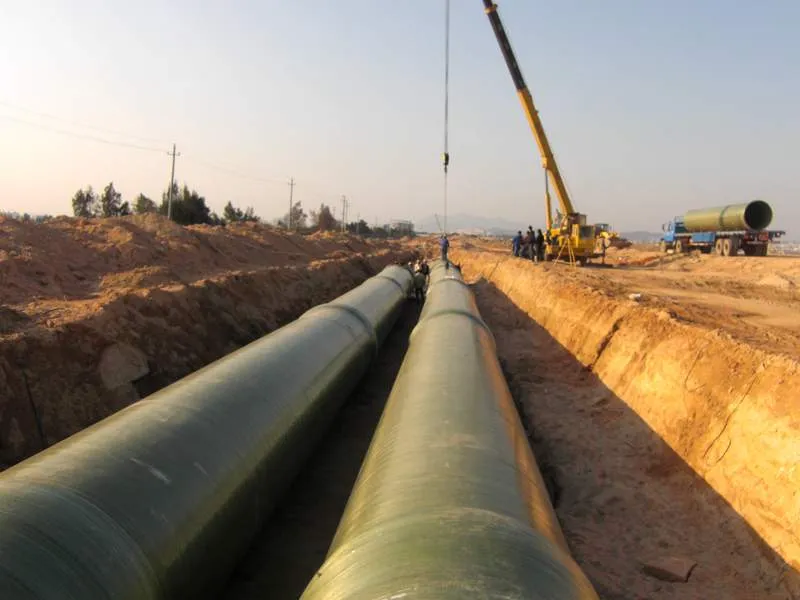
-
 Afrikaans
Afrikaans -
 Albanian
Albanian -
 Amharic
Amharic -
 Arabic
Arabic -
 Armenian
Armenian -
 Azerbaijani
Azerbaijani -
 Basque
Basque -
 Belarusian
Belarusian -
 Bengali
Bengali -
 Bosnian
Bosnian -
 Bulgarian
Bulgarian -
 Catalan
Catalan -
 Cebuano
Cebuano -
 China
China -
 China (Taiwan)
China (Taiwan) -
 Corsican
Corsican -
 Croatian
Croatian -
 Czech
Czech -
 Danish
Danish -
 Dutch
Dutch -
 English
English -
 Esperanto
Esperanto -
 Estonian
Estonian -
 Finnish
Finnish -
 French
French -
 Frisian
Frisian -
 Galician
Galician -
 Georgian
Georgian -
 German
German -
 Greek
Greek -
 Gujarati
Gujarati -
 Haitian Creole
Haitian Creole -
 hausa
hausa -
 hawaiian
hawaiian -
 Hebrew
Hebrew -
 Hindi
Hindi -
 Miao
Miao -
 Hungarian
Hungarian -
 Icelandic
Icelandic -
 igbo
igbo -
 Indonesian
Indonesian -
 irish
irish -
 Italian
Italian -
 Japanese
Japanese -
 Javanese
Javanese -
 Kannada
Kannada -
 kazakh
kazakh -
 Khmer
Khmer -
 Rwandese
Rwandese -
 Korean
Korean -
 Kurdish
Kurdish -
 Kyrgyz
Kyrgyz -
 Lao
Lao -
 Latin
Latin -
 Latvian
Latvian -
 Lithuanian
Lithuanian -
 Luxembourgish
Luxembourgish -
 Macedonian
Macedonian -
 Malgashi
Malgashi -
 Malay
Malay -
 Malayalam
Malayalam -
 Maltese
Maltese -
 Maori
Maori -
 Marathi
Marathi -
 Mongolian
Mongolian -
 Myanmar
Myanmar -
 Nepali
Nepali -
 Norwegian
Norwegian -
 Norwegian
Norwegian -
 Occitan
Occitan -
 Pashto
Pashto -
 Persian
Persian -
 Polish
Polish -
 Portuguese
Portuguese -
 Punjabi
Punjabi -
 Romanian
Romanian -
 Russian
Russian -
 Samoan
Samoan -
 Scottish Gaelic
Scottish Gaelic -
 Serbian
Serbian -
 Sesotho
Sesotho -
 Shona
Shona -
 Sindhi
Sindhi -
 Sinhala
Sinhala -
 Slovak
Slovak -
 Slovenian
Slovenian -
 Somali
Somali -
 Spanish
Spanish -
 Sundanese
Sundanese -
 Swahili
Swahili -
 Swedish
Swedish -
 Tagalog
Tagalog -
 Tajik
Tajik -
 Tamil
Tamil -
 Tatar
Tatar -
 Telugu
Telugu -
 Thai
Thai -
 Turkish
Turkish -
 Turkmen
Turkmen -
 Ukrainian
Ukrainian -
 Urdu
Urdu -
 Uighur
Uighur -
 Uzbek
Uzbek -
 Vietnamese
Vietnamese -
 Welsh
Welsh -
 Bantu
Bantu -
 Yiddish
Yiddish -
 Yoruba
Yoruba -
 Zulu
Zulu
frp flange
Understanding FRP Flanges An Essential Component in Modern Engineering
Fiber Reinforced Polymer (FRP) flanges have emerged as crucial components in various engineering applications, particularly in industries where corrosion resistance, lightweight properties, and strength are paramount. As technology advances, the adoption of FRP materials continues to grow, presenting a viable alternative to traditional materials like metal and concrete.
Understanding FRP Flanges An Essential Component in Modern Engineering
Weight is another critical factor where FRP flanges outperform conventional materials. The lightweight nature of FRP means that structures and systems can be designed with lower overall weights, leading to savings in transportation costs and easier installation processes. This is particularly important in applications like aerospace, marine, and construction, where every kilogram counts.
frp flange

In addition to these benefits, FRP flanges offer significant design flexibility. They can be molded into complex shapes and sizes, accommodating a wide array of application needs. This flexibility allows for custom solutions tailored to specific requirements, making FRP flanges an attractive option for engineers and designers looking to innovate.
However, the use of FRP flanges is not without challenges. One concern is the initial cost, which can be higher compared to traditional materials. Nonetheless, when considering the lifecycle cost, including maintenance and replacement, FRP flanges often prove to be more cost-effective in the long run. Furthermore, advancements in manufacturing techniques are continually reducing production costs, making FRP a more accessible option.
In conclusion, FRP flanges represent a significant advancement in materials technology, addressing the needs of modern engineering applications. Their outstanding corrosion resistance, lightweight properties, and design versatility make them ideal for various sectors, including oil and gas, wastewater treatment, and construction. As industries continue to prioritize sustainability and efficiency, the demand for FRP flanges is expected to rise, solidifying their role as a vital component in the future of engineering.









